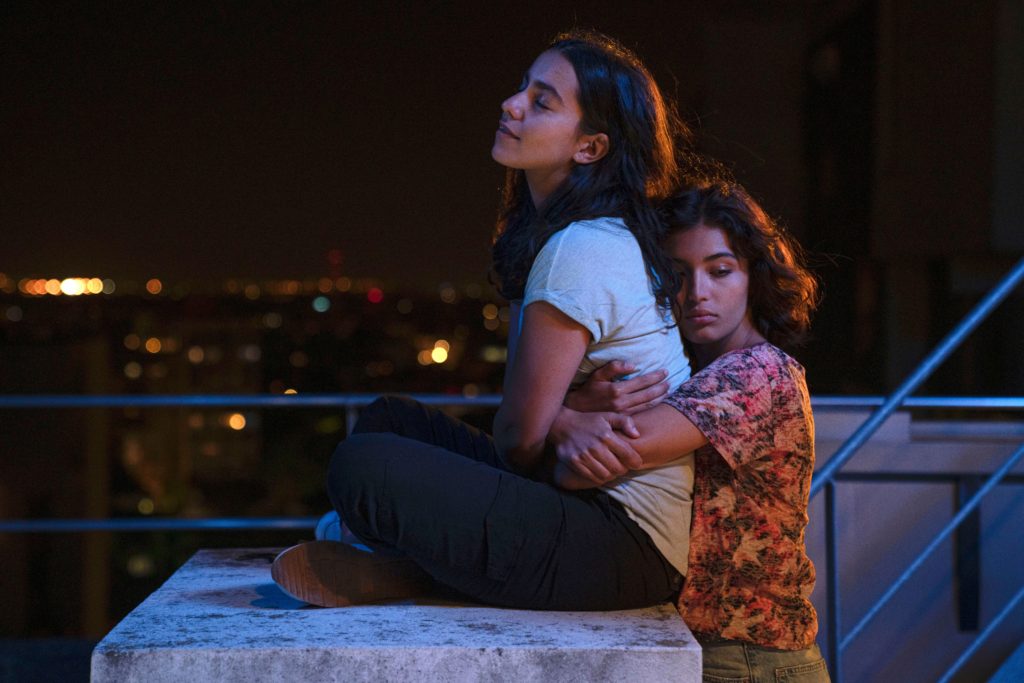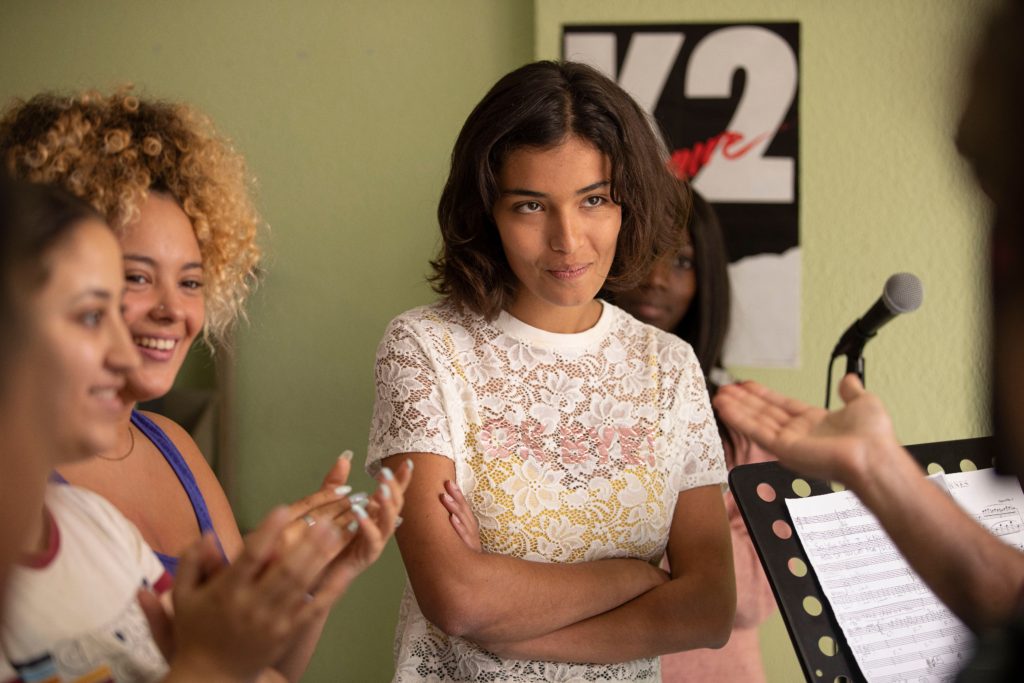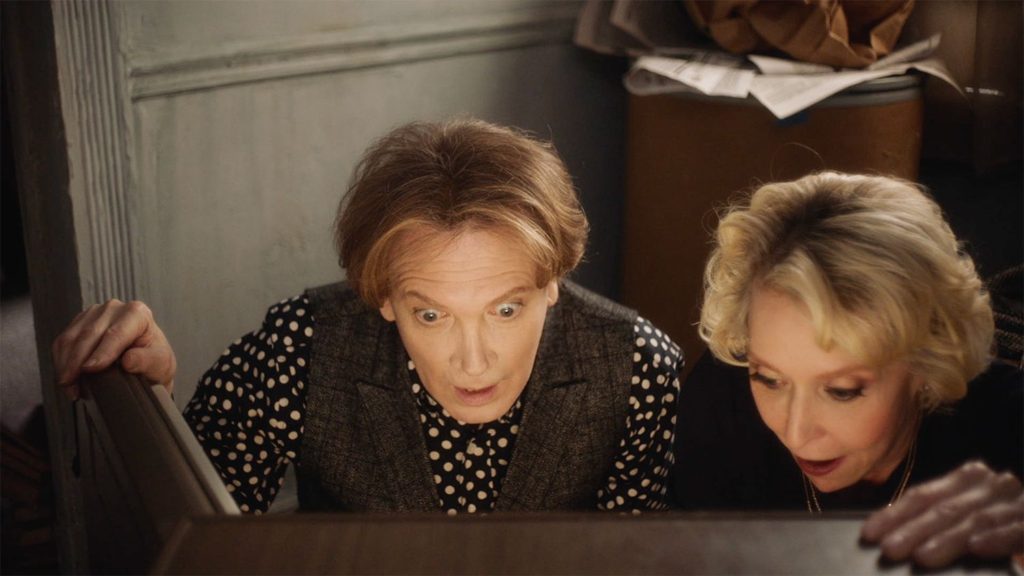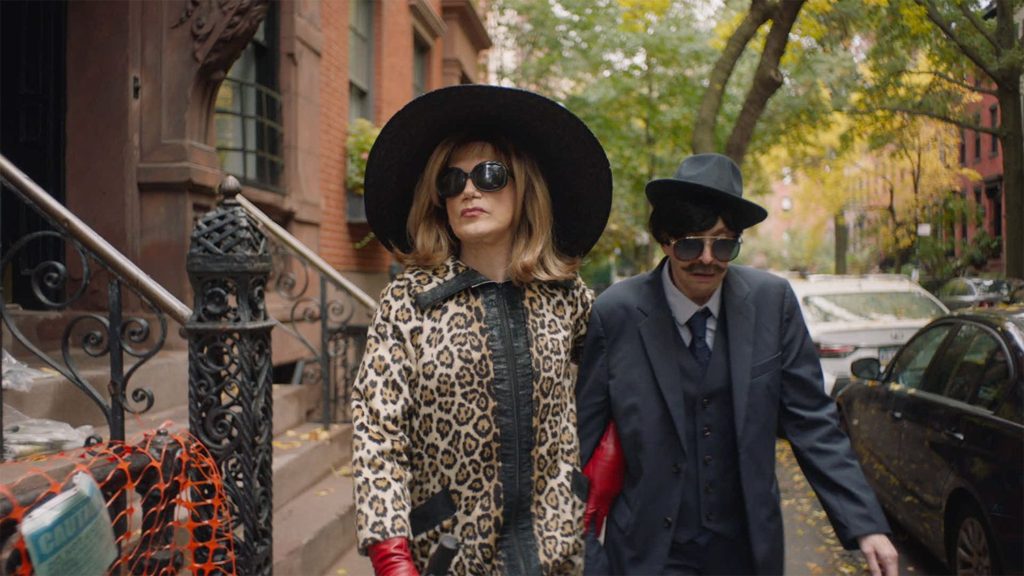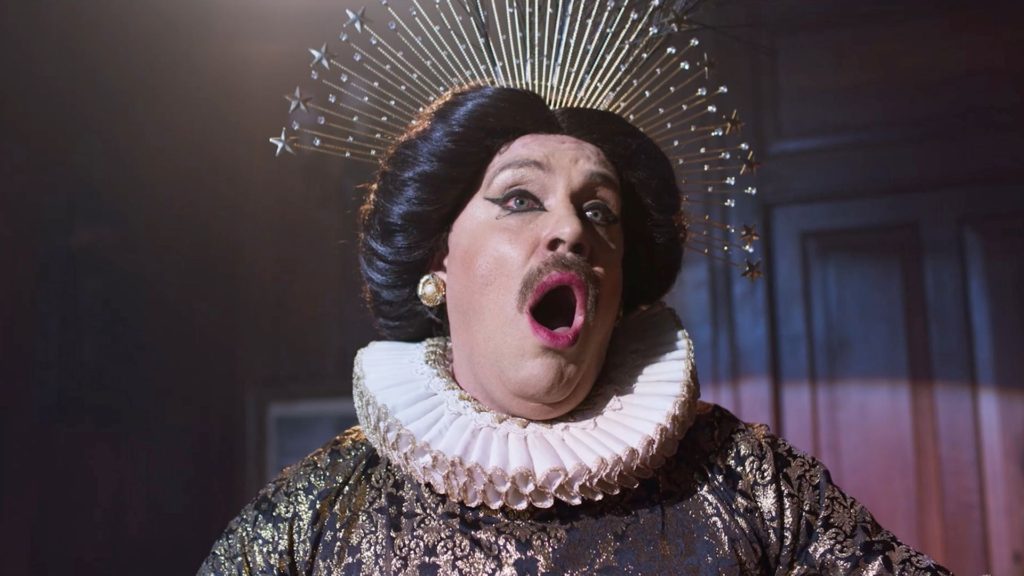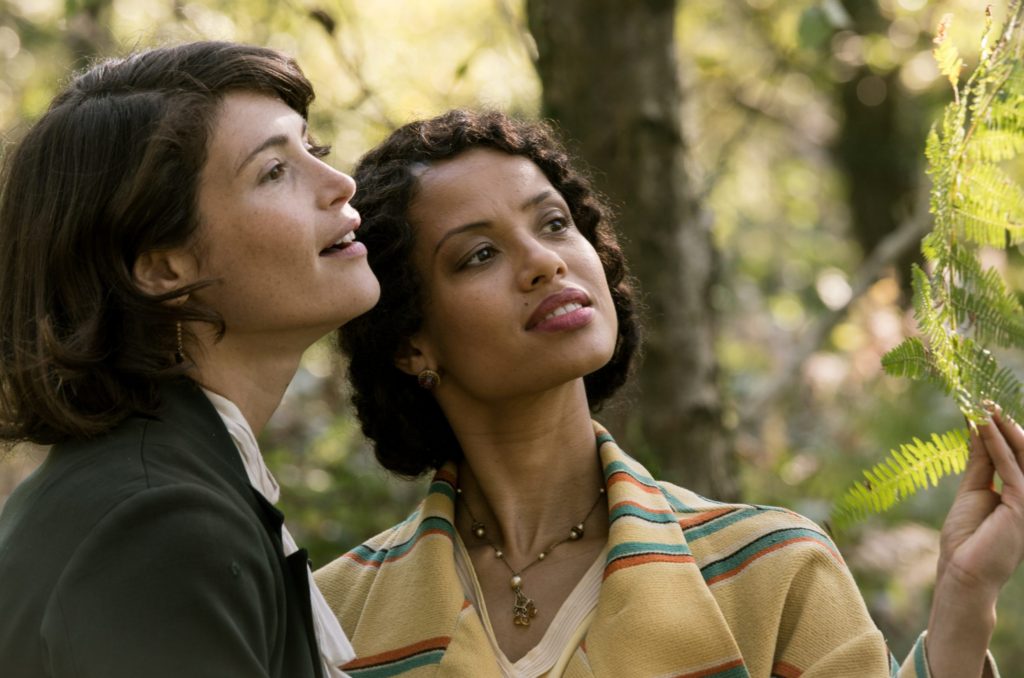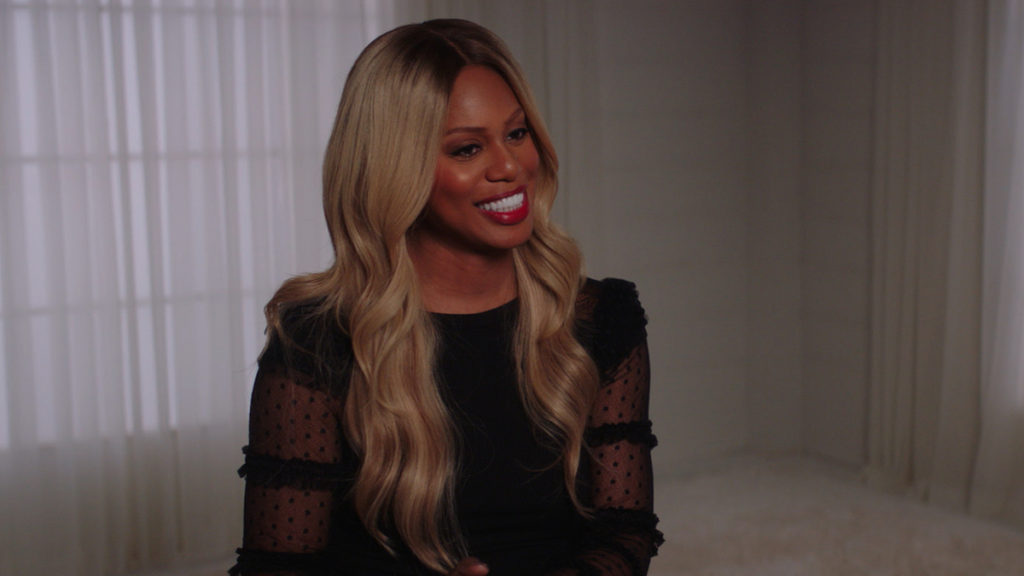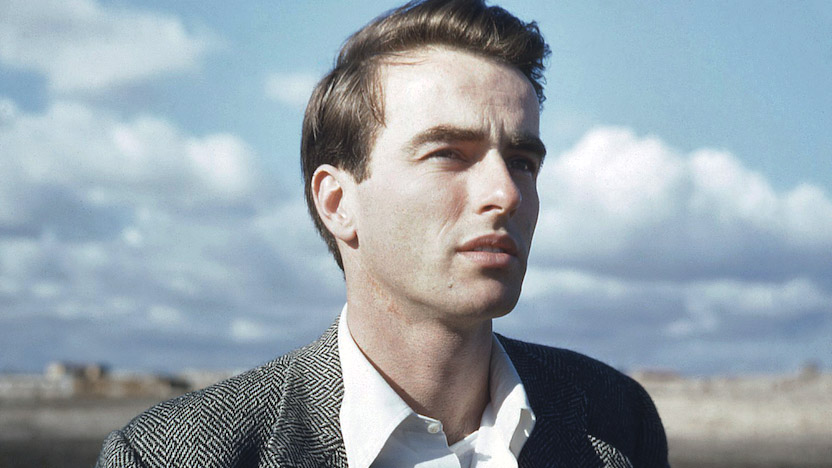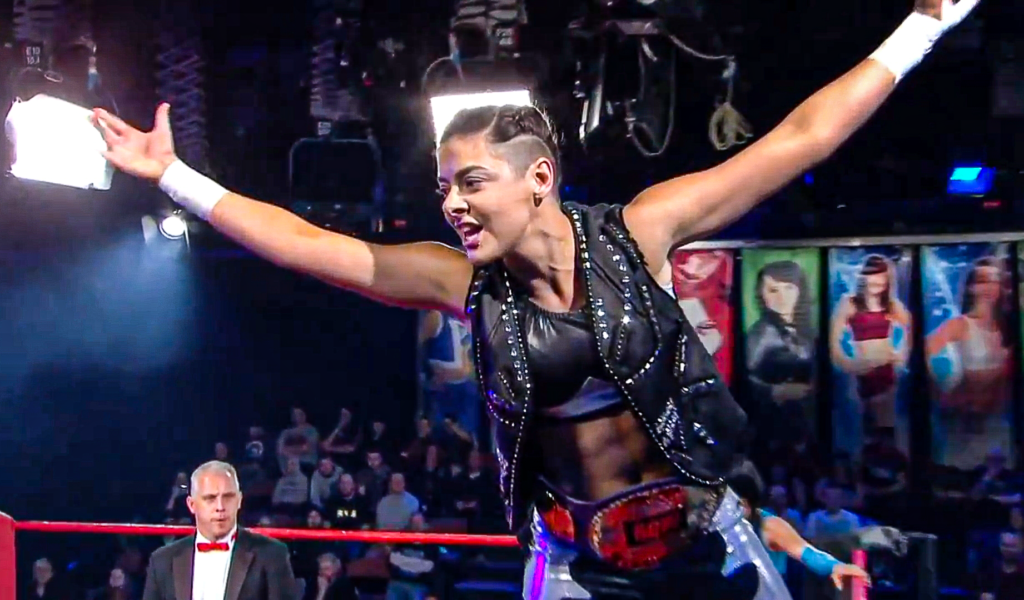
Out in the Ring is Ryan Bruce Levey’s encyclopedic yet irresistible documentary history of LGBTQ professional wrestlers. There is no sports entertainment that is more macho than pro wrestling. Or more flamboyant. Or, as it turns out, more queer.
Out in the Ring takes us back to the 1940s, when the straight journeyman wrestler Gorgeous George became a star and transformed wrestling by affecting a gay pose as his gimmick. George was just the first to do so, and Out in the Ring traces the many straight wrestlers who have pretended to be gay.
At the same time, many of wrestling’s best performers were closeted, notably the great Pat Patterson. Out in the Ring focuses on Patterson’s career and personal life, and how he grew into an important executive in the business. Out in the Ring surveys a long list of LGBTQ wrestlers who were forced to stay in the closet, like Patterson and Susan Tex Green.
[Personal note: The Movie Gourmet is a Boomer who, as a child, was glued to the TV for KTVU’s Saturday pro wrestling broadcasts, announced by Walt Harris. (Harris also called also roller derby.) In that era, Pat Patterson was a dominant presence in Bay Area pro wrestling.]
Out in the Ring showcases the panoply of today’s Out wrestling stars, led by Charlie Morgan and Mike Parrow. The variety is astounding: gay men, lesbians, bisexual women and men, transsexual men and transsexual women, asexual and nonbinary. There are those who make their queerness a signature of their act and those that don’t. They tell us about the homophobia that they have faced and their relief and joy from coming out.
Ry Levey has brought many films to Cinequest as a publicist, especially Canadian indies. The exquisitely sourced Out in the Ring is his first feature as a director.
I screened Out in the Ring for its US premiere at Cinequest. Both unflinching and uplifting, it’s a documentary as fun to watch as pro wrestling.

